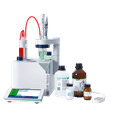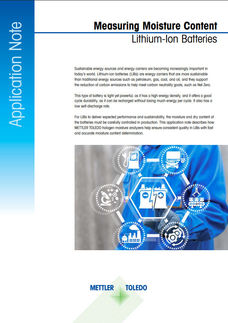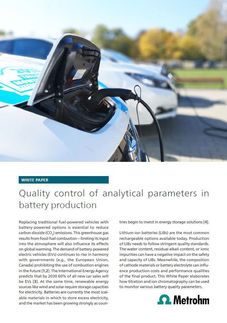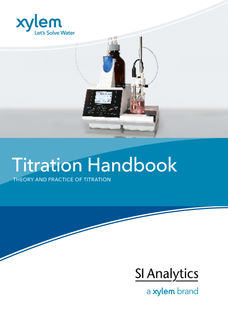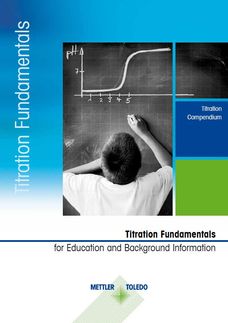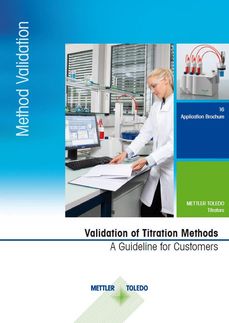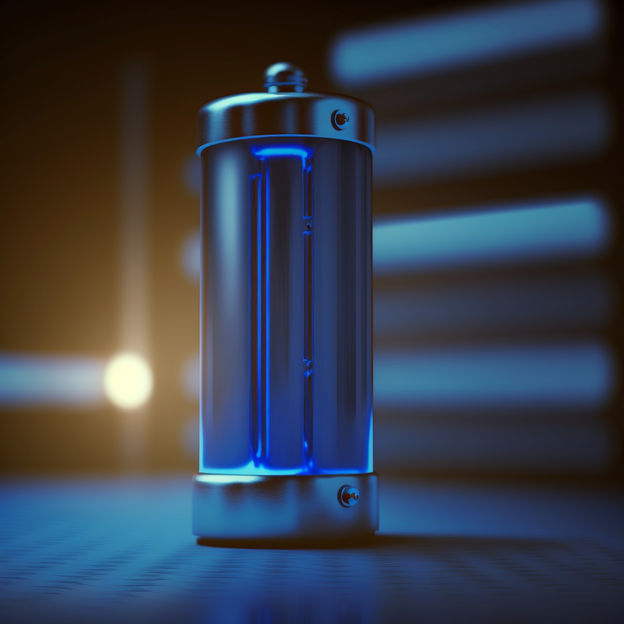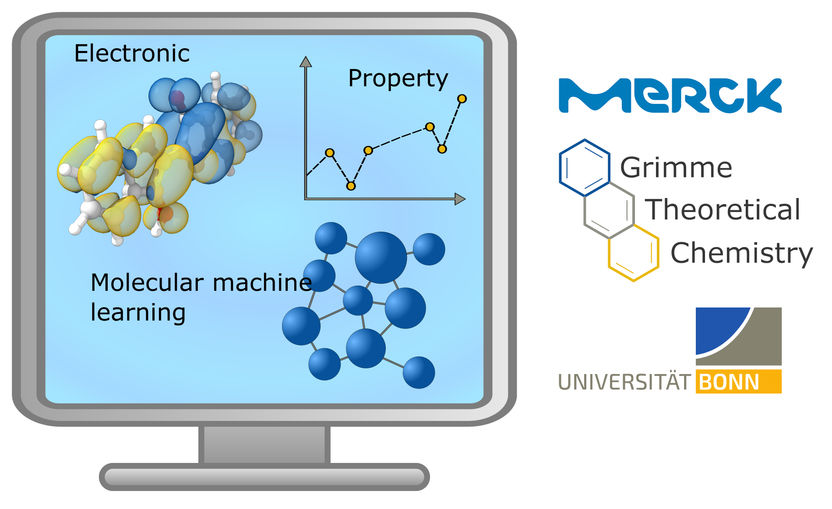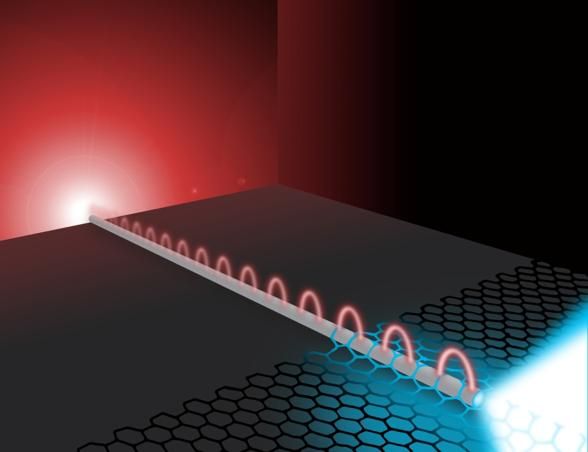Karl Fischer Titration Guide. Part 1
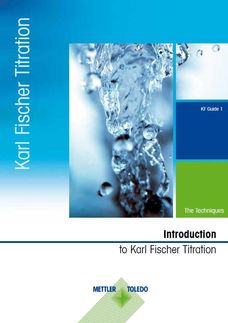
Basics
Introduction to Karl Fischer Titration. This brochure explains the chemical reaction and the two major measuring techniques: Volumetry and coulometry. I also presents a short, historic overview of the development of Karl Fischer’s method.
The Karl Fischer method for the water content determination is one of the most frequently used titration methods. Published by German petrochemist Karl Fischer in 1935, it has become well renowned for a wide variety of applications and samples.
The determination of the water content according to Karl Fischer is nowadays performed by two different techniques:
Volumetric Karl Fischer Titration, where a solution containing iodine is added using a motorized piston burette
Coulometric Karl Fischer Analysis, where iodine is generated by electrochemical oxidation in the cell
The selection of the appropriate titration technique is based on the estimated water content in the sample:
Volumetric Karl Fischer Titration
Iodine is added by a burette during titration. Suitable for samples where water is present as a major component: 100 ppm - 100%
Coulometric Karl Fischer Analysis
Iodine is generated electrochemically during titration. Suitable for samples where water is present in trace amounts: 1 ppm - 5%
Download white paper now
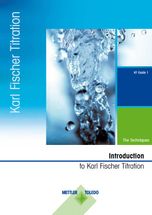
Karl Fischer Titration Guide. Part 1
Basics
White Paper classification
White papers on related topics
Products on related topics
Webinars on related topics
More white papers on the product Excellence Titrator mit Probenwechsler und Ofen
See the theme worlds for related content
Topic world Titration
The process of titration gives us the possibility to determine the exact concentration of a substance in a solution. Whether in drug manufacturing, environmental chemistry or quality control, this method allows us to ensure that our findings and products are accurate and reliable.
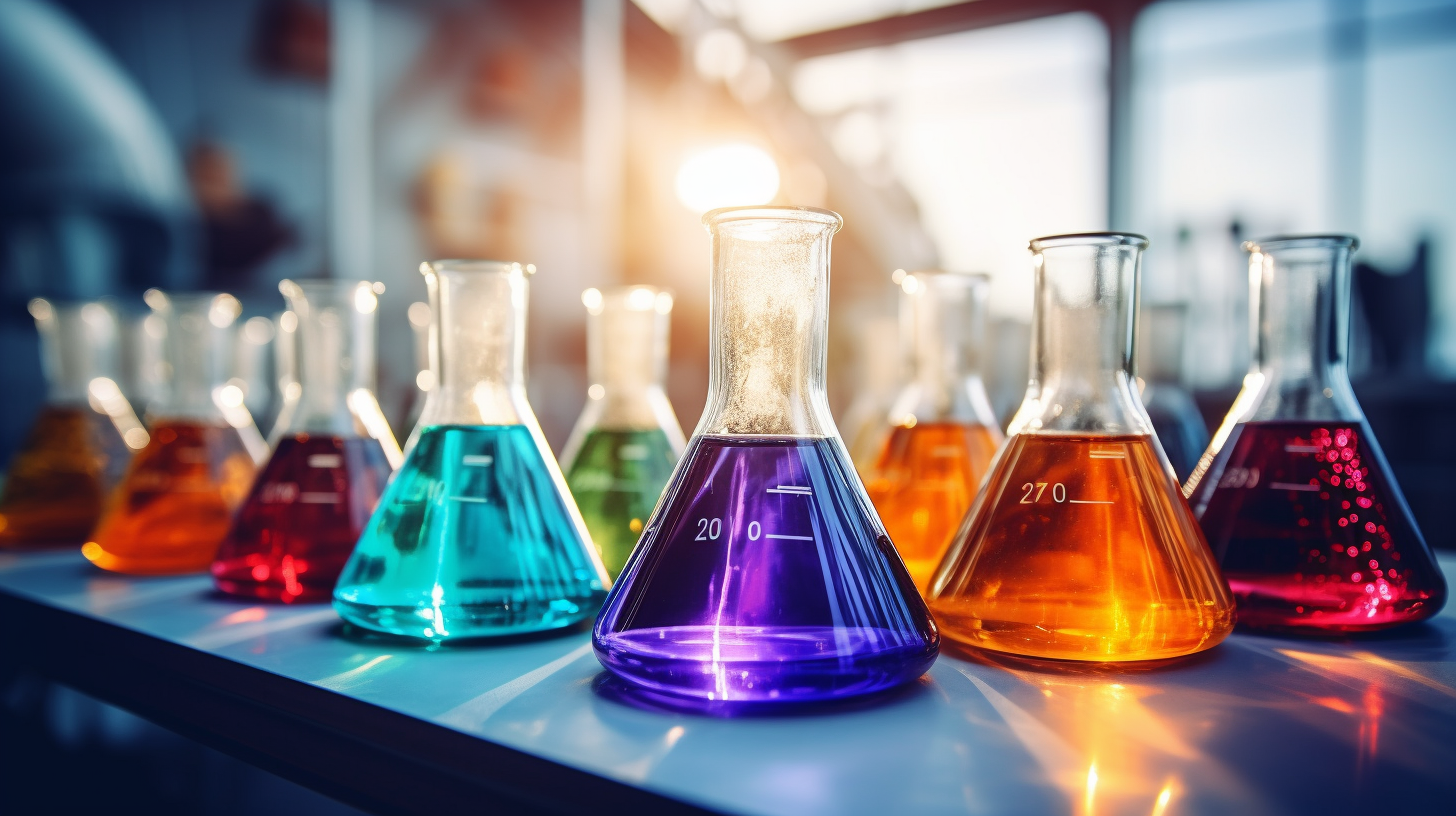
Topic world Titration
The process of titration gives us the possibility to determine the exact concentration of a substance in a solution. Whether in drug manufacturing, environmental chemistry or quality control, this method allows us to ensure that our findings and products are accurate and reliable.

